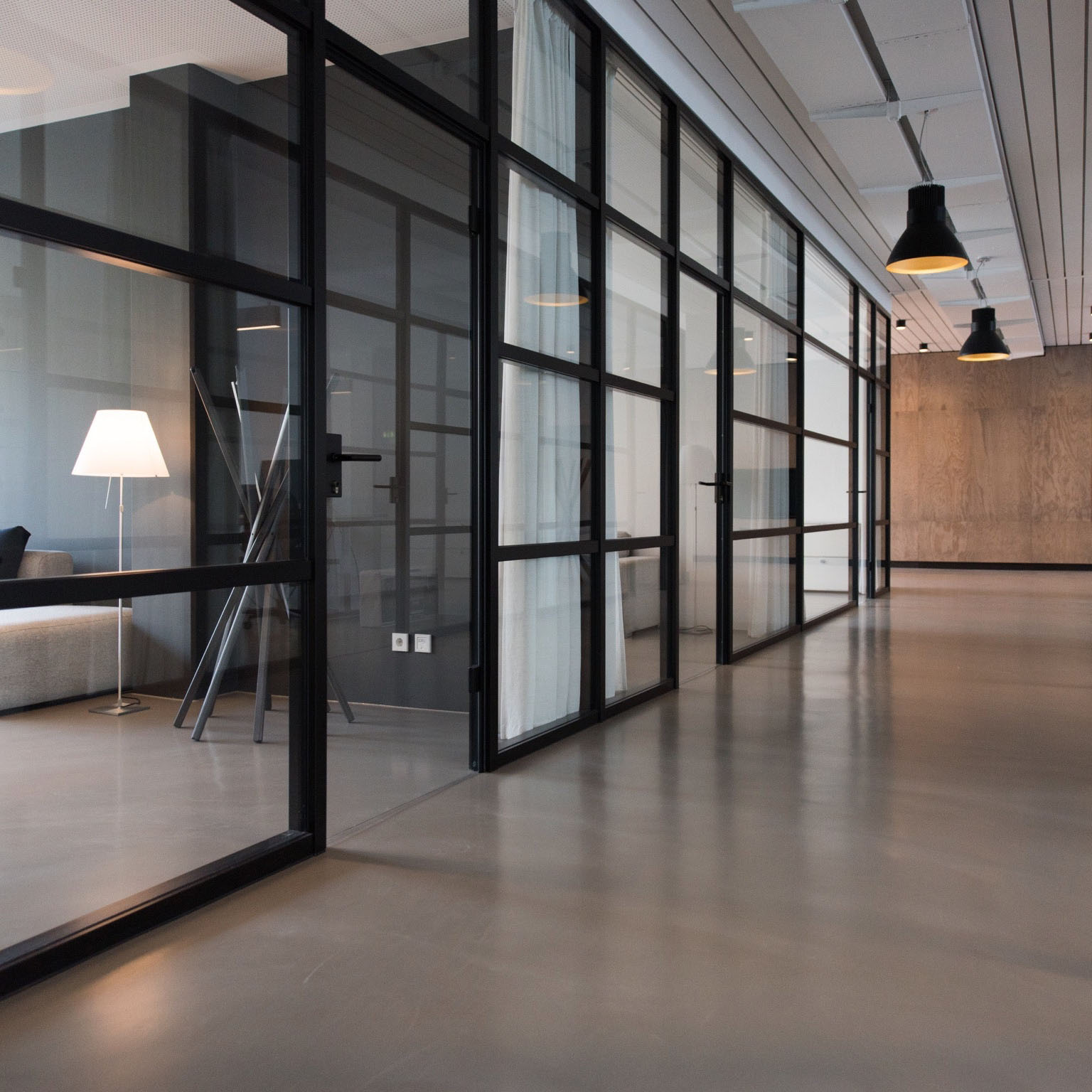Environment is key to the way we learn and work
We often hear stories of genius artists and designers working hard and defying their odds. And while this is certainly an option, I want to talk about the opposite: we have the power to intentionally move into an environment that supports our creative process.
We often think of “environment” as a physical space, but people and expectations can determine our mental work space regardless of physical location.
1. Physical location
It seems obvious, but the physical location – the room, the set-up, the potential distractions and the familiarity of the space – play an important role. Many creatives choose to work in coffee shops, hotels or other “anonymous” spaces because leaving their home office helps focus on the task at hand. It can be easier to focus against an unfamiliar environment, rather than to focus against an intimately familiar space of your own house – full of potentially distracting things you could do.
In addition to focus, we can gain inspiration and a fresh perspective from traveling to a new place. These will reflect in the content, as well as the quality of work.
2. Momentum
Studies show that people eat more when they have the momentum of eating in a group. For work, too, the momentum of a group doing a similar thing at once can be powerful. Imagine trying to study in a loud dorm room, or focusing on a project while everyone else in your house is doing the normal weekend activities: preparing for a barbecue, watching a favorite TV show or just socializing. Normally, we try to improve our working conditions simply by removing the distractions: getting a quiet place to concentrate, where no TV show is competing for our attention.
Why not go a step farther? Purposefully placing yourself into an environment where the momentum points toward producing creative work tips the balance in your favor.
3. Expectations
And while we’re on the subject of momentum – just being in an environment where people expect that you’ve showed up to do creative work can support your process. Normally, the first step is to start – to make the decision to work on a creative project right here and right now. In a dedicated time and space, when you have intentionally decided to set aside a weekend for creative work, and made the effort to show up, you are now removing the choice of whether to start on that project or not. The expectations of everyone around you will nudge you forward.
This is true for many types of environments: dedicated “project work” time in a college class, an art studio where you might attend life drawing sessions, a co-working office space, or even a very supportive office environment when creative projects are encouraged on set-aside time. However, we stumble across fewer and fewer of these environments as our careers progress (when’s the last time you took a college class?), so it is important to purposefully place ourselves in them.
4. Feedback
Another important aspect of a working environment is giving and receiving feedback. It can help you when you feel stuck on a project, but more importantly, it can help you realize things you have not seen from your perspective. Basically, find out that you were stuck without even knowing it.
Creative feedback is a two-way process: in order to receive it, we have to be prepared to give it as well. Investing time to learn about others’ process and goals may feel like a setback when you are eager to make progress on your own ideas, but, aside from being a fair exchange, it’s also beneficial to broaden your frame of reference.
Giving and receiving feedback openly has another advantage. When you expect to share your work in a supportive environment, you’re mentally preparing to explain your project to someone who is unfamiliar with it. Just the effort of translating your thoughts into a clear outline for others to understand can expose potential improvements in the process, and make your work better before you even begin to share it. In a common scenario, you could start explaining a complex bug you’ve been dealing with, then stop halfway with an “aha!” because the explanation caused you to solve the problem yourself.
5. The nudge
Sharing your work, even with a small group of like-minded creative people, can also nudge you to wrap up any loose pieces and present it well. It is often easier to complete some portion of a project, even in draft form, instead of explaining over and over again what you imagine that component to be in the future.
I had this “nudge” happen to me recently, as I was presenting a short talk here at DockYard about an idea I had been working on. I mentioned the domain name I had registered for it, but at the time of the talk, the website was still in draft mode. Brian called me out on that – “there’s nothing there yet!” – and I quickly proceeded to publish the site to be able to support my words when I mention the project again.
In summary
As we prepare for UX Camp, I realize more and more that the environment we are building is special exactly because it embodies all of the qualities of a supportive working environment. And the type of people who will go out of their way to rural Maine for a project-based learning weekend are exactly the type of people I want to be around.


